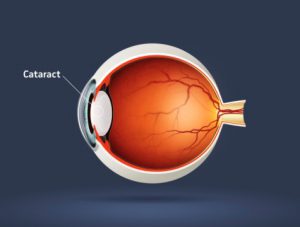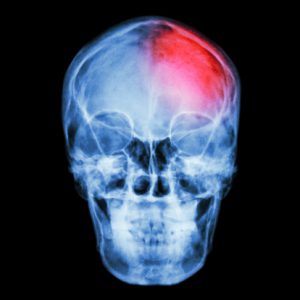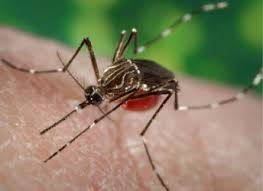It is no secret that smoking can have a great number of adverse effects on the health of the smoker. It is only natural that oral health would be one of the areas most negatively affected by oral smoke inhalation. The most ideal option to reverse the damage to your teeth caused by smoking is to quit smoking but, in most cases it is easier said than done.
Smoking can cause many serious problems for teeth and oral structures. Gum disease is among the most common oral problems, putting smokers at an increased risk. Smokers are four times more likely to develop this problem than non-smokers. Gum disease occurs when plaque build-up is present. As a result tooth loss can occur. Due to the harmful chemicals in cigarette smoke, smokers are twice aslikely to suffer tooth loss than non-smokers.
Smokers are at a higher risk for developing leukoplakia, leading to throat, lung, and oral cancers. It can cause the salivary glands to become swollen and contribute to the break-down of bone structure. In addition smokers also have a harder time recovering from dental procedures such as plaque removal treatments, dental implants, and tooth removal.
Due to an increased and steady buildup of plaque and tarter, the teeth of a smoker are less attractive in appearance. Smoking also stains the teeth and can cause bad breath. In some smokers, the tongue can develop a condition known as black hairy tongue, due to a growth that may grow as a result of tobacco use. Smokers may also lose the sensation of taste and smell.
While quitting smoking is the most effective way to ensure better oral health, regular dental visits are a must. Given all of the risks and complications of smoking on oral health it is very important that smokers do not skip regular checkups with their dentists. During these visits, dentists can watch for signs of developing gum disease and oral cancers. Everyone should visit their dentist twice a year, but those who smoke should consider more frequent visits.
The Dental Department at Flushing Hospital Medical Center specializes in a wide selection of dental services. To schedule an appointment, please call 718-670-5521. The journey to quit smoking can be difficult, but you do not have to do it alone. Flushing Hospital’s smoking cessation team wants to help you develop a plan leading to your “quit day”. For more information please call 718-206-8494.
All content of this newsletter is intended for general information purposes only and is not intended or implied to be a substitute for professional medical advice, diagnosis or treatment. Please consult a medical professional before adopting any of the suggestions on this page. You must never disregard professional medical advice or delay seeking medical treatment based upon any content of this newsletter. PROMPTLY CONSULT YOUR PHYSICIAN OR CALL 911 IF YOU BELIEVE YOU HAVE A MEDICAL EMERGENCY.










